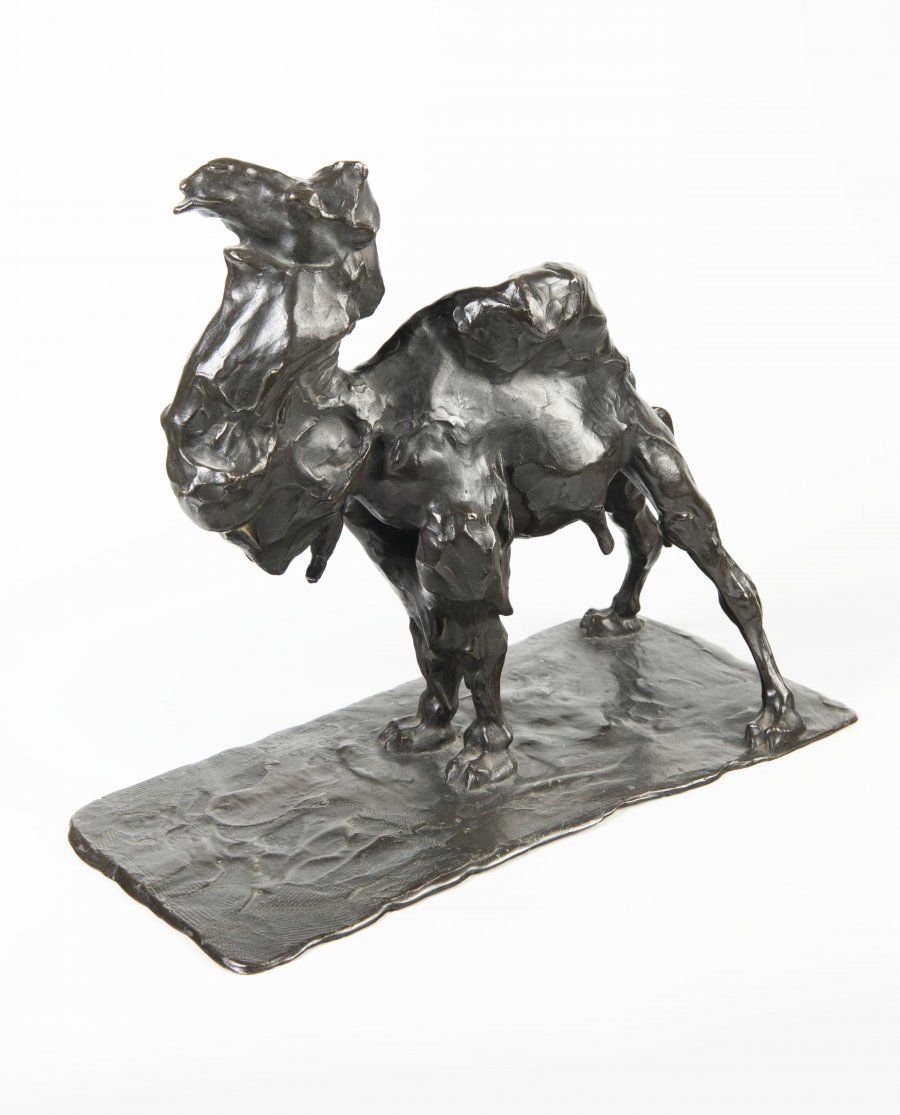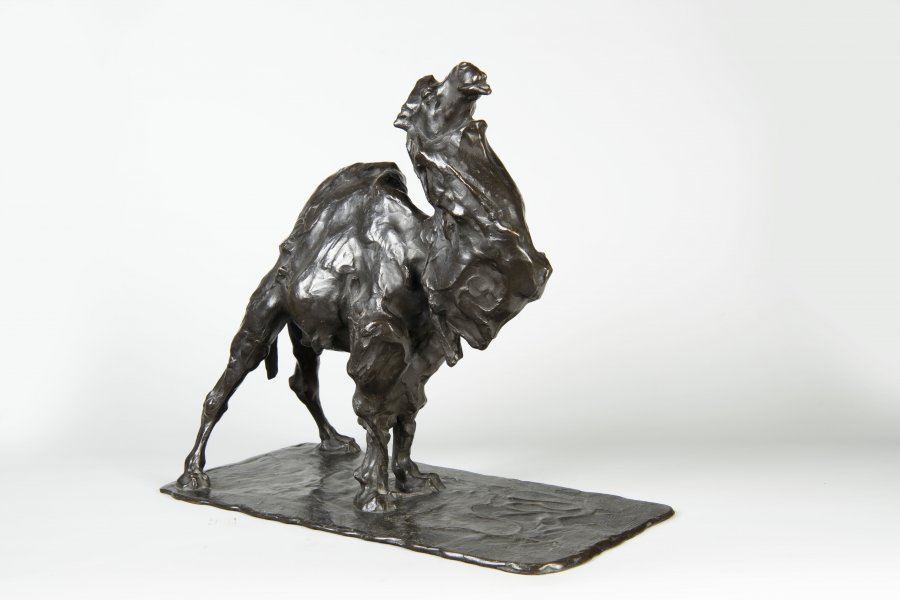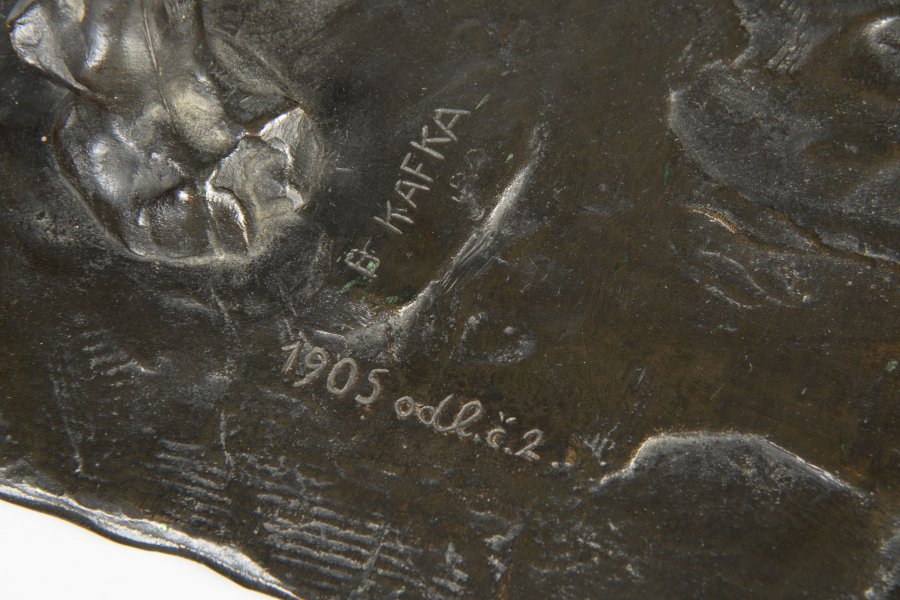Lot 66
MOULTING CAMEL
1905
bronze
36,5 x 44,5 cm (h x w)
signed and dated on the plinth: B KAFKA / 1905 odl.č.2.
| 3 750 €
| 16 667 €
As early as March 1905, Kafka applied to the Paris prefecture for permission to sketch animals in the Jardin des Plantes. He would always go there in the spring to draw in the mornings, and the result was the intimate sculptures of a doe and her fawns, a camel, and later an elephant, which became Kafka's most successful and sought-after sculptures. For Kafka, the contact he made with the Lithuanian workshop A. A. Hébrard. Here he also met the Italian Rembradt Bugatti. The two artists worked on the animal sculptures almost simultaneously. While Kafka concluded this series in 1908 with a sculpture of a bull, Bugatti continued his animal sculptures. Kafka's animals represent a very modern sculptural impressionism, which he continued to develop in his later works. "Kafka is not only a physiognomist, but also an excellent modeler of the nude and an animalist - his animal sculptures are the result of a synthetic vision and achieve style." Continues Petr Wittlich: "In Kafka's works there is a chill of life, an expressiveness of silhouettes, a skill of ornament and a fiery, somewhat dark imagination, an artistry and elegance of spirit." One of the key moments of Kafka's stay in Paris was a solo exhibition in 1906, comprising 27 works, which brought the artist an excellent reputation in Paris and his native Bohemia. The exhibition was favourably reviewed in the New York Herald and seven Parisian dailies reported on its opening. Bourdelle personally congratulated Kafka at the exhibition. The camel was made in only four casts, of which the one on offer is cast number 2. The offered work comes from the estate of the author from the famous Kafka's villa in Prague 6 - Ořechovka.
Published: Kafka, Bohumil and Wittlich, Petr. Bohumil Kafka: (1878-1942) : the story of a sculptor. Prague: Karolinum, 2014, p. 52.
More works from auction
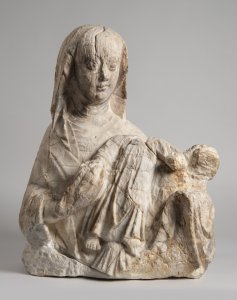
Lot 1 LATE GOTHIC MADONNA WITH CHILD
Starting price28 000 CZK | 1 167 €
Price realized
120 000 CZK | 5 000 €
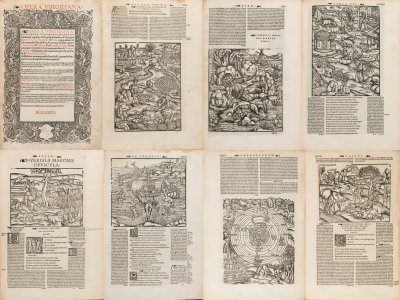
Lot 2 OPERA VIRGILIANA
Starting price48 000 CZK | 2 000 €
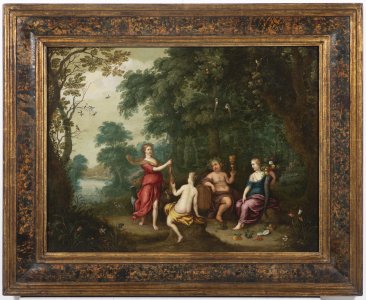
Lot 3 DIANA, BACCHUS AND FLORA
Starting price380 000 CZK | 15 833 €
Price realized
380 000 CZK | 15 833 €
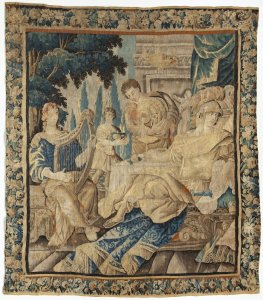
Lot 4 SCENE FROM THE BANQUET OF DIDO AND AENEAS
Starting price65 000 CZK | 2 708 €
Price realized
85 000 CZK | 3 542 €
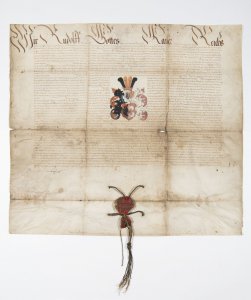
Lot 5 NOBILITATION GRANTED BY RUDOLF II.
Starting price80 000 CZK | 3 333 €
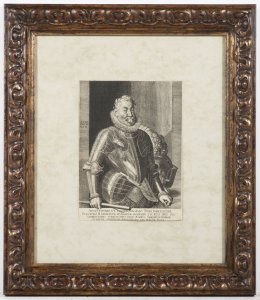
Lot 6 PORTRAIT OF RUDOLF II.
Starting price25 000 CZK | 1 042 €
Price realized
40 000 CZK | 1 667 €
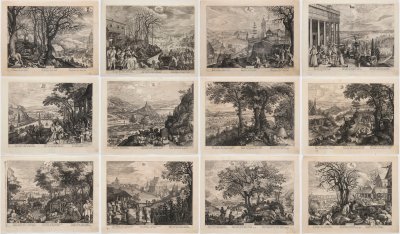
Lot 7 TWELVE MONTHS CYCLE
Starting price55 000 CZK | 2 292 €
Price realized
95 000 CZK | 3 958 €

Lot 8 A LARGE VIEW OF PRAGUE
Starting price45 000 CZK | 1 875 €
Price realized
65 000 CZK | 2 708 €
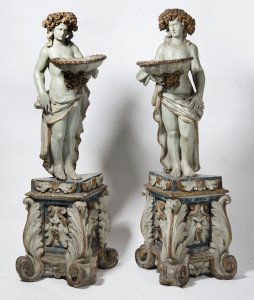
Lot 9 PAIR OF BAROQUE CARRIERS
Starting price180 000 CZK | 7 500 €
Price realized
200 000 CZK | 8 333 €
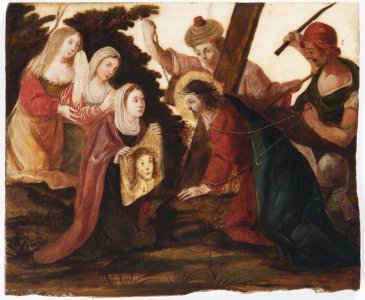
Lot 10 CHRIST AND VERONICA
Starting price28 000 CZK | 1 167 €
Price realized
28 000 CZK | 1 167 €
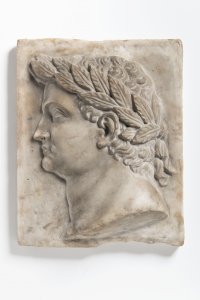
Lot 11 RENAISSANCE PORTRAIT OF THE ROMAN EMPEROR
Starting price16 000 CZK | 667 €
Price realized
21 000 CZK | 875 €
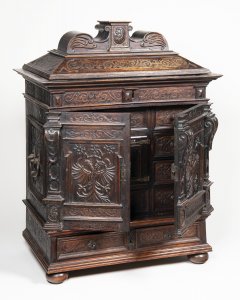
Lot 12 LATE MANNERIST CABINET
Starting price35 000 CZK | 1 458 €
Price realized
70 000 CZK | 2 917 €

